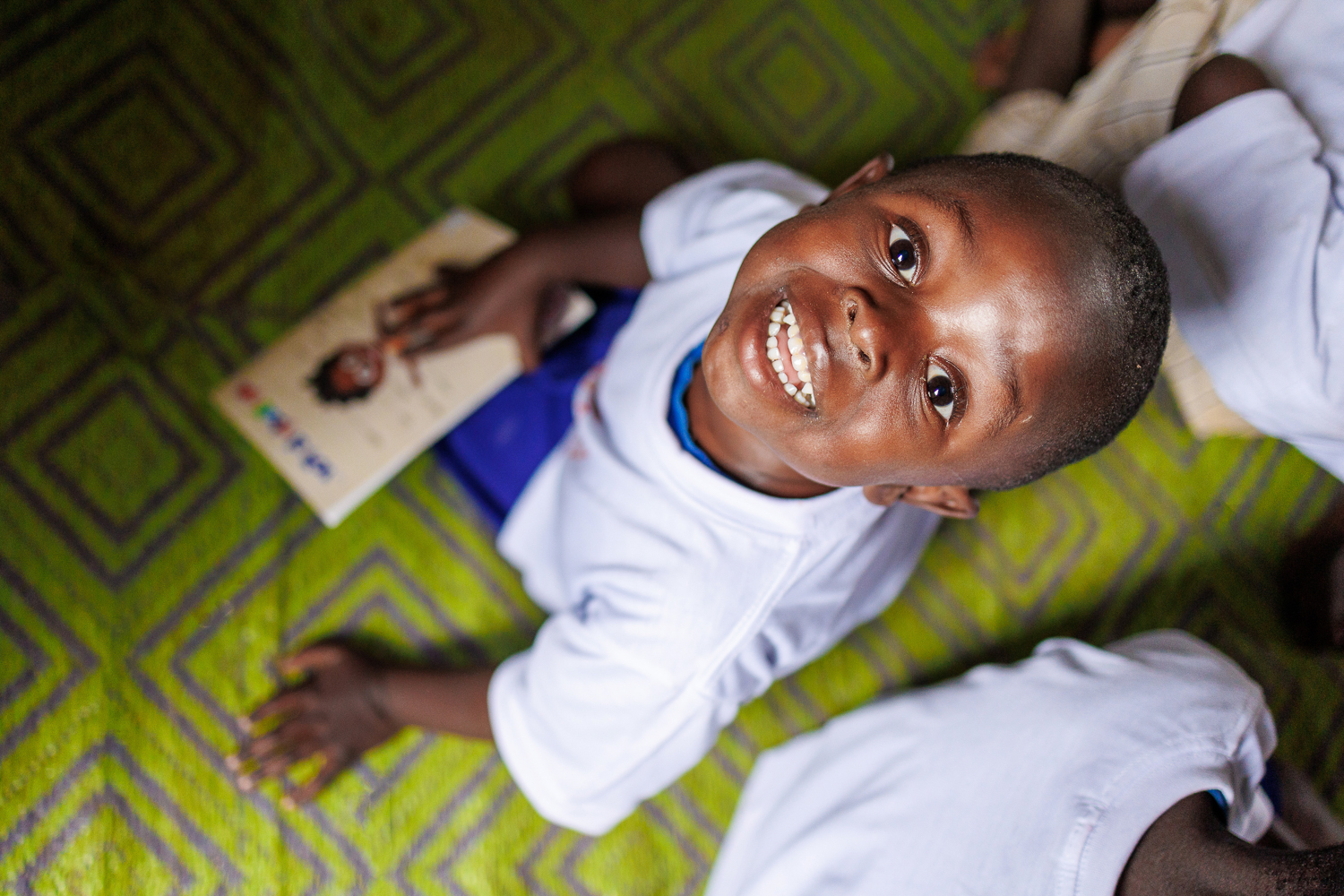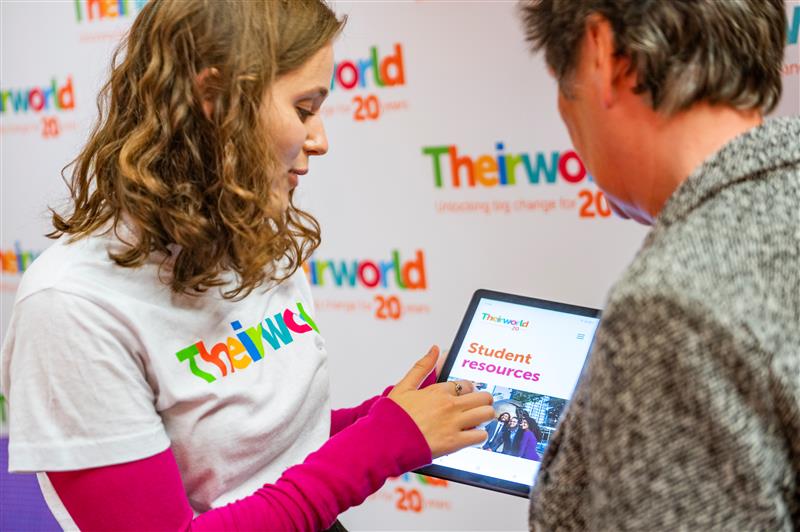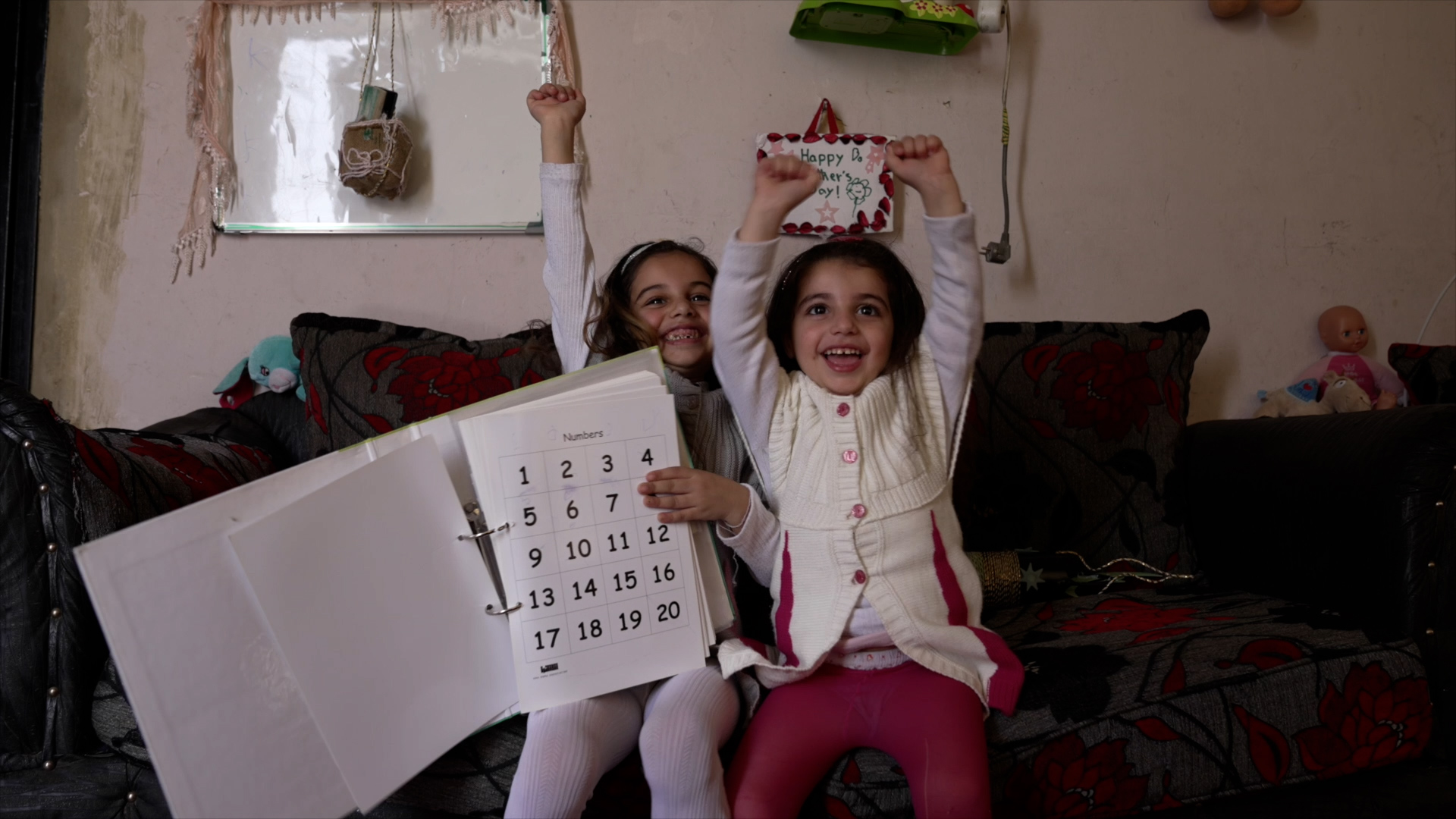
Bringing fun and learning to traumatised young children in Myanmar camps
Children in conflicts, Early childhood development, Education in emergencies, Teachers and learning
In remote mountain areas, children whose families fled from conflict are being taught and cared for in safe environments.
A children’s charity is bringing early childhood development to remote displacement camps in Myanmar’s troubled Kachin state.
Most people know about the almost 700,000 Rohingya people who fled into neighbouring Bangladesh last year.
But in the north of Myanmar, another conflict has displaced around 120,000 people in the seven years since a ceasefire between the central government and ethnic Kachin rebels broke down.
As so often happens in humanitarian emergencies, it’s the children who suffer the most.
Esther Smitheram of Children on the Edge said: “Many children end up in remote internally displaced people’s (IDP) camps, high in the mountains bordering China.
“They have suffered trauma from the violence they have witnessed, some have been separated from their parents and nearly all have inability to access basic services and resources.

“Although various aid groups are getting through to the IDP camps near the town of Laiza to deliver supplies, the educational needs of children are not being fully met.
“Local groups are providing schools for children aged seven and over – but we are the only organisation providing early childhood education in the hard-to-reach areas.”
Early child development (ECD) is crucial because 90% of brain development happens before the age of five. Theirworld’s #5for5 campaign has been putting pressure on world leaders to make sure all children have access to quality care including nutrition, health, learning, play and protection.
Children on the Edge has partnered with local organisations Kachin Development Group and Kachin Women’s Association to develop a high-quality ECD programme that supports the physical and psychosocial needs of more than 500 children between the ages of three and six.
This work is carefully planned to not only provide educational materials but also to implement an ECD curriculum, together with intensive teacher training.
Smitheram explained: “The work is delivered through 15 learning centres in eight camps. The approach recognises how unlikely it is that these children will automatically slot back into the learning styles they were familiar with in their own homes.
“It also takes into account that a purely academic focus is inadequate for children who have lived in a war zone for an extended period of time.
“The centres are designed to be warm, welcoming environments, with a trusted adult presence to create a sense of safety. Components in the curriculum are specifically designed for children who have experienced trauma.”
John Littleton, Asia Regional Manager for Children on the Edge, said: “The effects of neglect in these formative years can be cumulative and lasting. Young children who experience extreme stress are at greater risk of developing cognitive, behavioural or emotional difficulties.”
The teachers at the 15 centres are all trained to deal with trauma in young children. Parents are also given training on how to care for children who have memories of the conflict but also the fear of new violence.
Lwin Moe lives in an IDP camp and goes to one of the learning centres supported by Children on the Edge. Her family fled their village soon after the armed conflict between the army and the Kachin Independence Organisation began.
“Due to this traumatising start in life, Lwin Moe is naturally fearful and retiring,” said Smitheram. “As she was just a small baby when they fled, she has never known life beyond war.
“She lives in the camp with her younger brother, parents, grandparents and an aunt. She attends one of the early childhood development centres supported by our charity but teachers found that she had no desire to sing, learn or draw.”
Then came a turning point. As the children were drawing at school one day, an army artillery shell landed nearby, so they were sent home.
Lwin Moe wanted to finish her drawing at home but her mother didn’t have any colouring pencils. The little girl got so upset that her mother went to find the teacher, who visited with a pack of colouring pencils for Lwin Moe to keep.
Each centre is owned and run by local committees, who continually provide support. Esther Smitheram of Children on the Edge
“This small act of kindness was a turning point for Lwin Moe,” said Smitheram. “She was so happy to have the pencils that she spent the evening drawing and ran into school to show the teachers in the morning. Since then Lwin Moe has joined in happily at school.”
The learning centres are dependent on a high level of local engagement. Parents and the wider community are given year-round training on all aspects of maintaining and developing the centres, as well as how best to care for their children.
Smitheran added: “As a result of this, each centre is owned and run by local committees, who continually provide support including daily nutrition, the maintenance of the buildings and regular renovation of play areas and equipment.”
Bawk Hkun from the Kachin Development Group said: “The scale of community participation is becoming more. Parents and local management committees have shown their commitments to support the centres.
“By participating in making toys and playing materials and planning workshops among themselves, they are making positive steps for the children.”
More news

Take the test and discover how our Schools Hub helps students grasp the global education crisis
